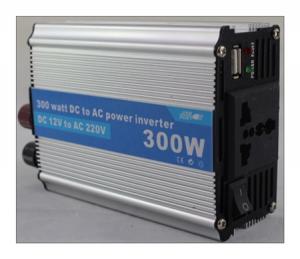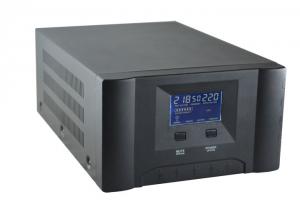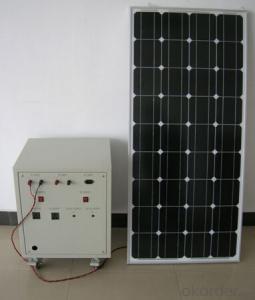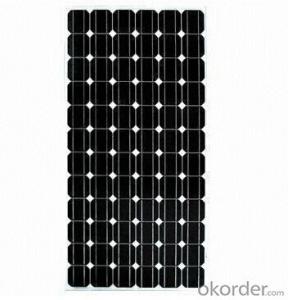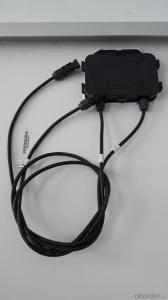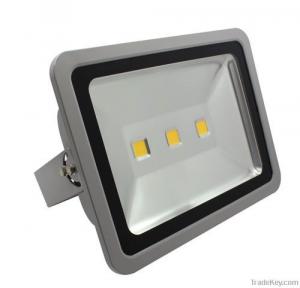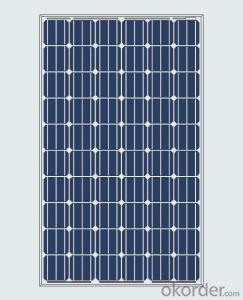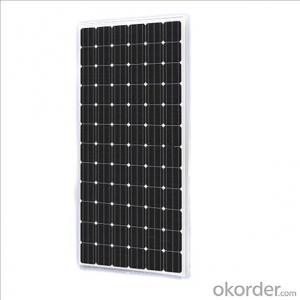Solar Inverter 300w
Solar Inverter 300w Related Searches
Ac Inverter For Solar Panels Solar Panel With Ac Inverter Gas Furnace With Ac Panda Hot Water Bottle Cover Minion Hot Water Bottle Cover Abb Solar Water Pump Inverter Solar Water Pump Philippines Extra Long Hot Water Bottle Solar Panel Dc To Ac Inverter Old Fashioned Hot Water BottleHot Searches
China Solar Inverter 1000kw China 850va Solar Inverter China Infini Solar Inverter Solar Inverter China Solar Electric Inverter Price 4 Kva Solar Inverter Price 8 Kw Solar Inverter Price Grid Tie Solar Inverter Price Solar Grid Tie Inverter Price Solar Inverter Off Grid Price Off Grid Solar Inverter Price Solar Grid Inverter Price 3.5 Kw Solar Inverter Price 1.5 Kw Solar Inverter Price 3.5 Kva Solar Inverter Price 1.5 Kva Solar Inverter Price 10kv Solar Inverter Price 6kv Solar Inverter Price Solar Inverter Luminous Price 500kw Solar Inverter PriceSolar Inverter 300w Supplier & Manufacturer from China
Okorder.com is a professional Solar Inverter 300w supplier & manufacturer, offers integrated one-stop services including real-time quoting and online cargo tracking. We are funded by CNBM Group, a Fortune 500 enterprise and the largest Solar Inverter 300w firm in China.Hot Products
FAQ
- No, a solar inverter is designed to convert DC (direct current) power generated by solar panels into AC (alternating current) power for use in the electrical grid or to power AC appliances. It is not intended to convert AC power into DC power.
- The maximum AC current rating of a solar inverter determines the maximum amount of power that the inverter can convert from DC to AC electricity. If the current rating is too low, the inverter may not be able to handle the peak power output from the solar panels, resulting in reduced performance and potential overheating or failure. On the other hand, if the current rating is high enough to handle the maximum power output, the solar inverter will perform efficiently and effectively, ensuring optimal energy conversion and output.
- A solar inverter handles voltage fluctuation during cloud cover by continuously monitoring the output voltage of the solar panels. When cloud cover causes a decrease in sunlight and therefore a drop in voltage, the inverter adjusts its operation to maintain a stable output voltage. It does this by employing various techniques such as maximum power point tracking (MPPT) to optimize power generation, and voltage regulation to ensure the output voltage remains within the desired range. This helps to minimize the impact of voltage fluctuations and ensure the solar system continues to operate efficiently even during cloud cover.
- Yes, it is possible to upgrade an existing solar inverter without replacing the entire system. In many cases, inverters can be easily replaced or upgraded to newer models that offer improved functionalities or higher performance. However, it is important to consult with a professional solar installer to ensure compatibility and feasibility before making any changes to the existing system.
- Yes, a solar inverter can be used with different solar panel technologies as long as the output voltage and current specifications of the panels are compatible with the inverter. However, it is important to ensure that the inverter is designed to work with the specific characteristics and voltage range of the solar panel technology being used for optimal performance and efficiency.
- The maximum DC voltage that a solar inverter can handle varies depending on the specific model and manufacturer. However, most modern solar inverters can typically handle DC voltages up to 1000 volts or higher. It is important to consult the manufacturer's specifications and guidelines to determine the exact maximum voltage rating for a particular solar inverter.
- Yes, a solar inverter can be used with a solar-powered data center. A solar inverter is an essential component that converts the direct current (DC) produced by solar panels into alternating current (AC) that can be used to power electrical equipment, including data centers. By integrating a solar inverter into the solar power system of a data center, the generated solar energy can be efficiently used to run the center's operations, reducing reliance on grid electricity and promoting sustainability.
- The standby power consumption of a solar inverter refers to the amount of power it consumes when it is not actively converting solar energy into usable electricity. This power consumption is typically very low, often ranging from a few watts to a few tens of watts, depending on the model and efficiency of the inverter.











